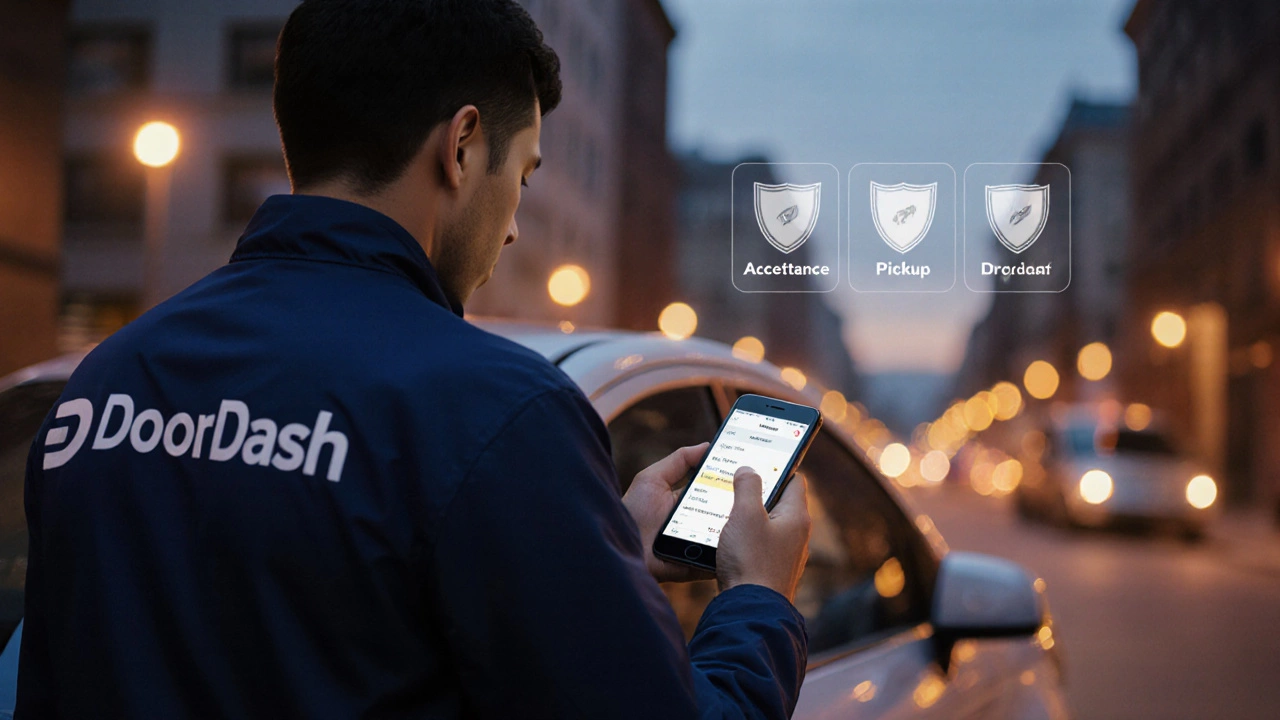DoorDash Driver Accident: Insurance Coverage & What to Do
Learn what insurance covers a DoorDash driver after a crash, how personal policies interact, steps to file a claim, and tips to avoid common pitfalls.
When talking about gig driver liability, the legal and financial responsibilities a rideshare or delivery driver faces while working as an independent contractor. Also known as contractor risk, it is shaped by how independent contractor a worker classified under gig‑platform rules rather than as an employee status is applied, the insurance coverage that protects drivers against accidents, theft, and third‑party claims they carry, and the platform policies rules set by companies like Uber, DoorDash, or Lyft that dictate required coverage levels and claim processes. Understanding these pieces helps you see why liability isn’t just a legal term—it’s a daily reality for anyone earning money behind a wheel.
One core relationship is that gig driver liability requires proper insurance. Without the right policy, a single crash can wipe out savings and expose a driver to lawsuits. Many platforms offer basic coverage, but it often kicks in only after the driver is logged into the app, leaving gaps during wait times. A driver who adds personal commercial auto insurance fills that gap and reduces exposure. The insurance amount, deductibles, and coverage type (like bodily injury vs. property damage) directly affect the financial risk a driver faces.
The way a driver is classified as an independent contractor shapes the liability picture. Contractors aren’t covered by workers' compensation or employer‑provided health plans, so any injury or claim falls on the driver’s own shoulders. Courts have debated whether gig workers should be re‑treated as employees, which would shift liability back to the platform. Until legal standards settle, drivers must treat the contractor label as a signal to secure their own protection.
Another important factor is the set of platform policies governing each ride or delivery. These rules dictate what minimum insurance a driver must hold, how accident reports are filed, and how payouts are calculated. Some platforms provide supplemental liability coverage that layers on top of a driver’s personal policy, while others require drivers to purchase a separate gig‑specific plan. Knowing the policy nuances lets drivers avoid costly coverage gaps and stay compliant with each app’s terms.
Finally, risk management goes beyond paperwork. Drivers who track mileage, maintain vehicle safety records, and use dash‑cameras create evidence that can lower claim costs and even qualify for lower insurance premiums. Combining solid insurance, clear understanding of contractor status, and strict adherence to platform policies forms a strong defense against liability headaches. Below you’ll find articles that break down each of these areas, from choosing the right policy to navigating legal battles, giving you practical tools to protect your earnings and stay on the road with confidence.

Learn what insurance covers a DoorDash driver after a crash, how personal policies interact, steps to file a claim, and tips to avoid common pitfalls.